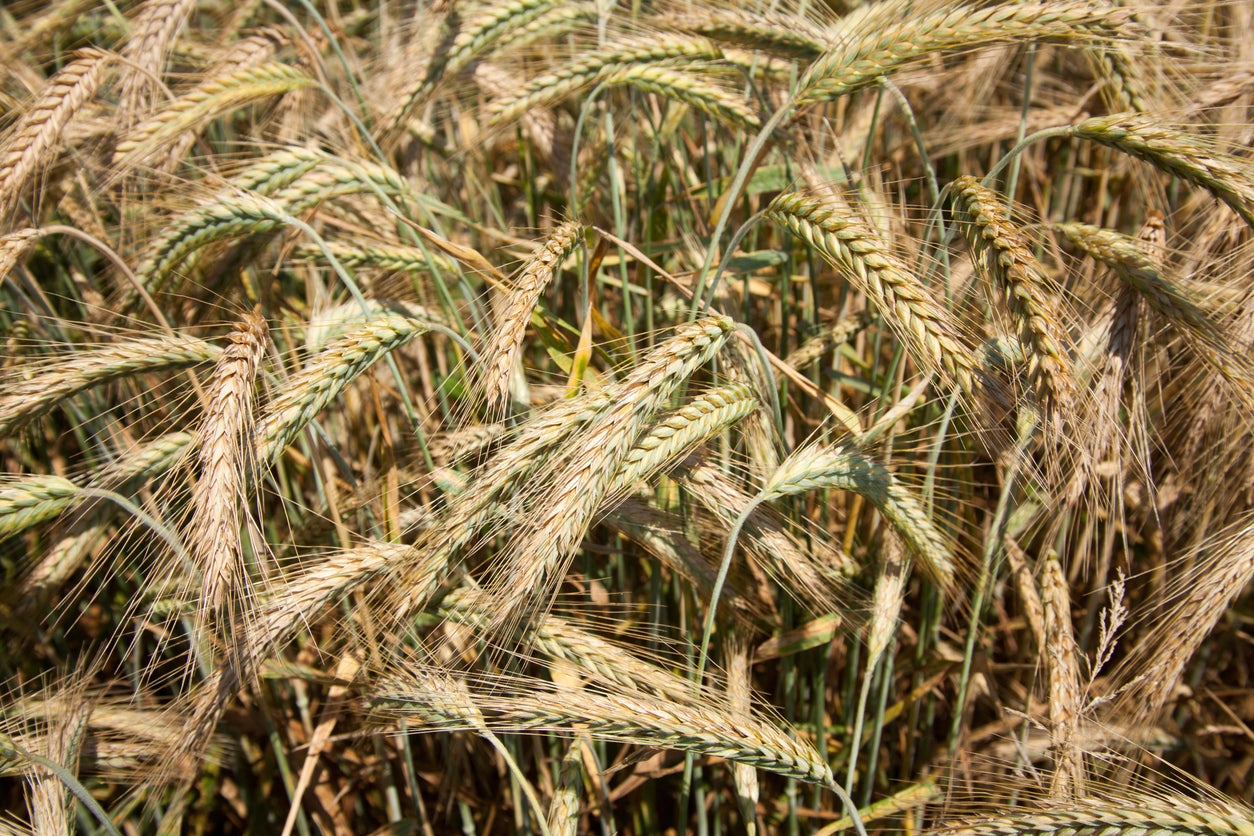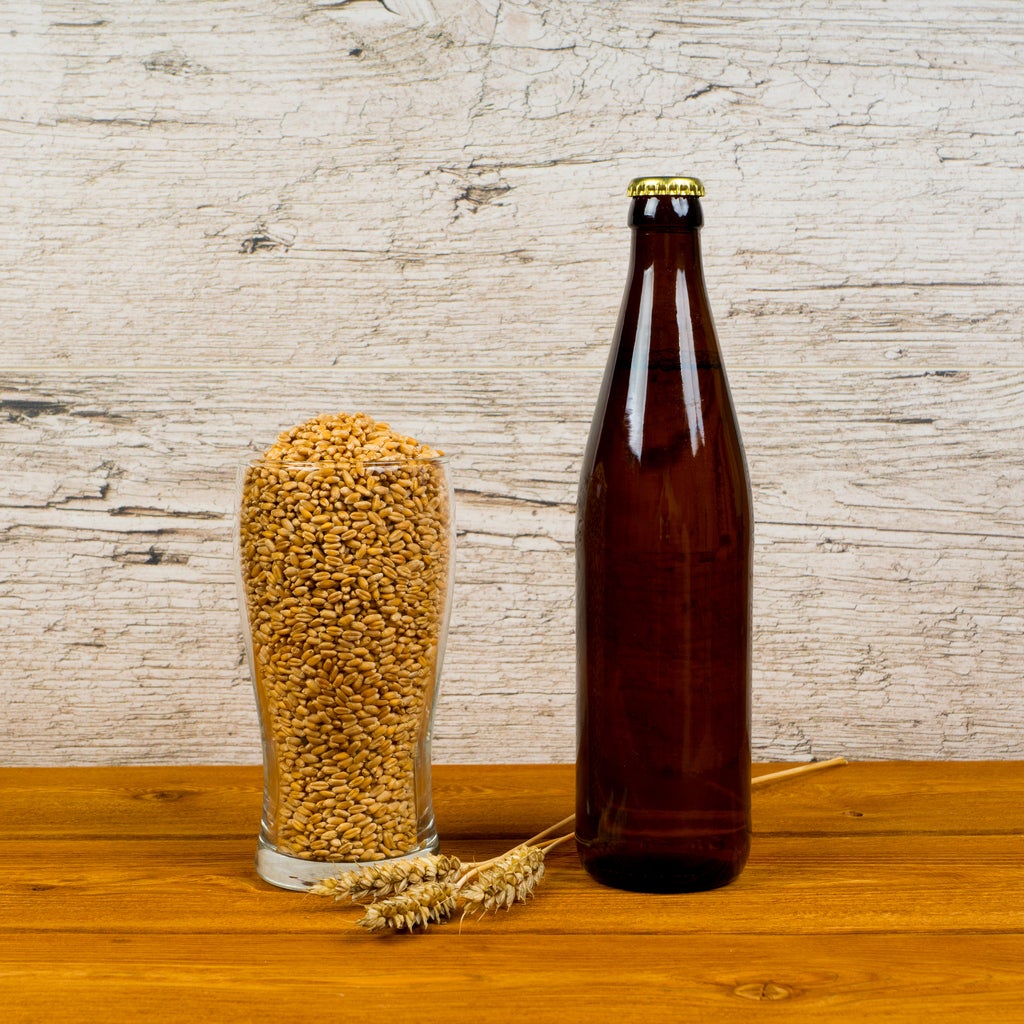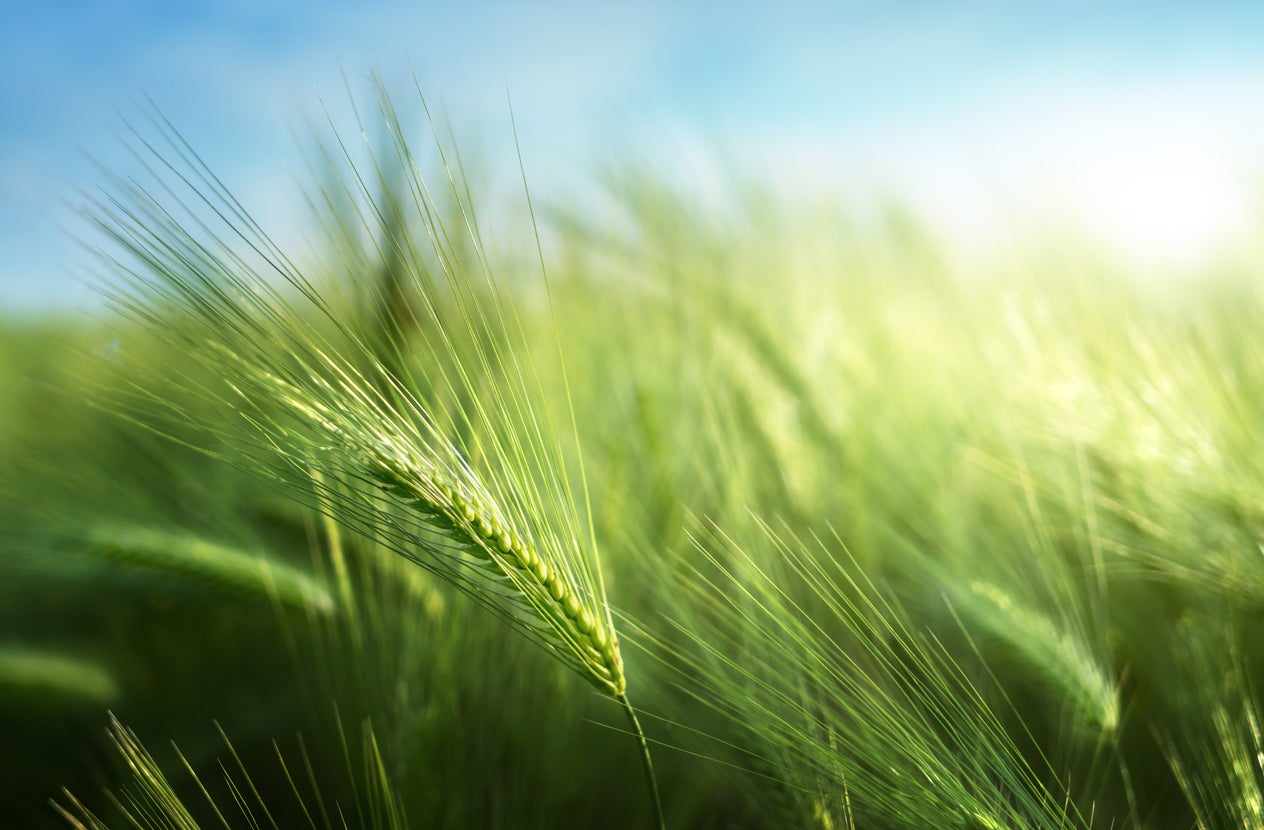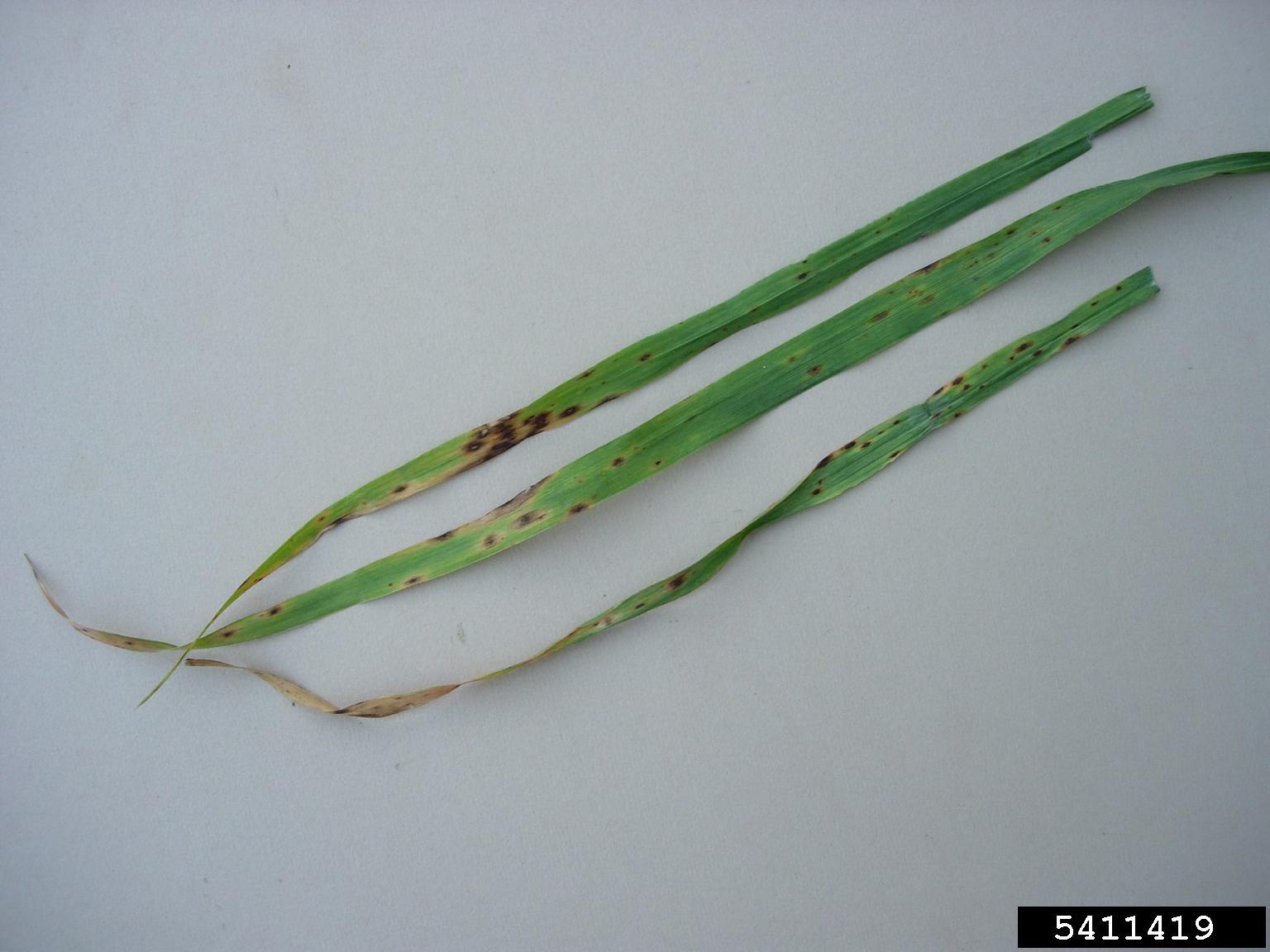Barley Harvest Tips – How And When To Harvest Barley


While many people think of barley as a crop only appropriate for commercial growers, that isn’t necessarily true. You can easily grow a few rows of barley in your backyard garden. The trick to getting a good crop is knowing how and when to harvest barley. Read on for information about how to harvest barley, including tips on the timing of a barley harvest.
About Harvesting Barley
Harvesting barley involves more than simply picking barley grains. You need to know how long the crop takes to mature, as well as factors that can impact when to harvest barley. The exact timing and procedure for a barley harvest depends on the size of your operation and how you intend to use the cereal. Some plant barley for home eating, while other gardeners intend to sell the crop to malt houses or brew their own beer.
Picking Barley Grains for Eating
If you are growing barley to use as cereal in your home cooking, the process for harvesting it is straightforward. You wait until the grain is ripe, cut it down, and let it dry in shocks.
How to harvest barley? The most common way to harvest a small crop of home-garden barley is to use a scythe and cut the plants down manually. Be sure to wear long sleeves to avoid skin irritation.
If you are wondering when to harvest barley for eating, it depends on when you plant it. You can plant barley in the fall or in the spring. Expect a barley harvest from fall-planted barley about 60 days after the plants begin to grow in spring. Spring-planted barley ripens 60 to 70 days after planting.
Barley Harvest for Malting
Some gardeners grow barley with the intention of selling it to malting houses. This can be lucrative, but you’ll have to be very careful with the barley to make your grain eligible for malting. Of course, many home brewers grow and harvest barley too.
Malt houses will only buy grain if it is in excellent condition, a bright gold color with both husks and kernels intact. They buy high quality barley with less than five percent broken kernels, a protein content of 9 to 12 percent, and a germination rate of 95 percent or higher. How you harvest barley and how the grain is stored impact these factors. Generally, those growing barley for malting use equipment that harvests the grain directly from the standing crop.
Gardening tips, videos, info and more delivered right to your inbox!
Sign up for the Gardening Know How newsletter today and receive a free copy of our e-book "How to Grow Delicious Tomatoes".
You will get the best barley harvest if you cut your crop as soon as it can pass through the combine machine. The moisture level of the grain at this point is 16 to 18 percent. It is then necessary to dry the grain to get the moisture level down to an acceptable level for malting. Natural aeration is the preferred method since heating the barley can reduce seed germination.

Teo Spengler is a master gardener and a docent at the San Francisco Botanical Garden, where she hosts public tours. She has studied horticulture and written about nature, trees, plants, and gardening for more than two decades. Her extended family includes some 30 houseplants and hundreds of outdoor plants, including 250 trees, which are her main passion. Spengler currently splits her life between San Francisco and the French Basque Country, though she was raised in Alaska, giving her experience of gardening in a range of climates.
-
 Looking For Plants To Give You The Soft And Fuzzies? Try These 5 Fuzzy Leaf Plant Options
Looking For Plants To Give You The Soft And Fuzzies? Try These 5 Fuzzy Leaf Plant OptionsLovers of texture, drama, silver foliage and tactile plants will adore these special sensory garden additions. These fuzzy leaf plant options will leave you all aglow
By Susan Albert
-
 Get Ready For A Summer Of Hummers! Grow These Full Sun Hummingbird Plants and Flowers
Get Ready For A Summer Of Hummers! Grow These Full Sun Hummingbird Plants and FlowersIf you’re lucky enough to enjoy a sunny backyard, make sure you are maxing out on your pollinator opportunities and grow these full sun hummingbird plants and flowers
By Tonya Barnett
-
 Growing Malted Barley – How To Grow Beer Barley At Home
Growing Malted Barley – How To Grow Beer Barley At HomeToday, there are many beer making kits available, but why not take it a step further by growing your own malted barley. Click on the following article to find out how to grow and harvest malted beer barley from your own backyard.
By Amy Grant
-
 Barley Grain Care Guide: Can You Grow Barley At Home
Barley Grain Care Guide: Can You Grow Barley At HomeCan you grow barley at home? You don't need acres of land to grow barley in the garden, but it may be hard to source small amounts of seed. Even if you are not a beer enthusiast, you can learn how to grow barley for bread, soups and stews. This article can get you started.
By Bonnie L. Grant
-
 Barley Tillering And Heading Information – Learn About Barley Heads And Tillers
Barley Tillering And Heading Information – Learn About Barley Heads And TillersIf you are thinking of growing barley in your home garden, you’ll need to learn about barley tillering and heading. What are barley tillers? What is a barley head? Click on the following article to learn the ins and outs of tillering and heading of barley plants.
By Teo Spengler
-
Barley Basal Glume Blotch – How To Treat Glume Rot On Barley Plants
Basal glume blotch is a disease that can affect cereal grains, including barley, and can cause serious damage to the plant and even kill young seedlings. Click the following article to learn more about recognizing and treating basal glume blotch of barley crops.
By Liz Baessler
-
 Barley Loose Smut Info: What Is Barley Loose Smut Disease
Barley Loose Smut Info: What Is Barley Loose Smut DiseaseBarley loose smut? It is a seed-borne illness that can occur anywhere barley is grown from untreated seed. The name comes from the loose seed heads produced that are covered in black spores. You don't want this in your field, so click here for more barley loose smut info.
By Bonnie L. Grant
-
 Spot Blotch Of Barley: How To Treat Barley With Spot Blotch Disease
Spot Blotch Of Barley: How To Treat Barley With Spot Blotch DiseaseBarley spot blotch disease can affect any part of the plant at any time. The disease can reduce yield and kill young plants. Click on the following article to learn about the steps to prevent and treat barley spot blotch.
By Bonnie L. Grant
-
 Barley Leaf Blotch Control: Treating Barley Speckled Leaf Blotch
Barley Leaf Blotch Control: Treating Barley Speckled Leaf BlotchBarley speckled leaf blotch is a fungal disease resulting in lower yields. While barley with leaf blotch is not a fatal condition, it opens the crop up to further infections that can decimate the field. Learn about preventing and treating leaf blotch in barley crops here.
By Amy Grant
-
Barley Plant Nematodes: What Are Some Nematodes That Affect Barley
There are a variety of nematodes that affect barley and other small grain crops. If you have any of these crops in your garden, click here for information on the nematodes of barley. We’ll also give you tips on how to prevent barley nematodes.
By Teo Spengler